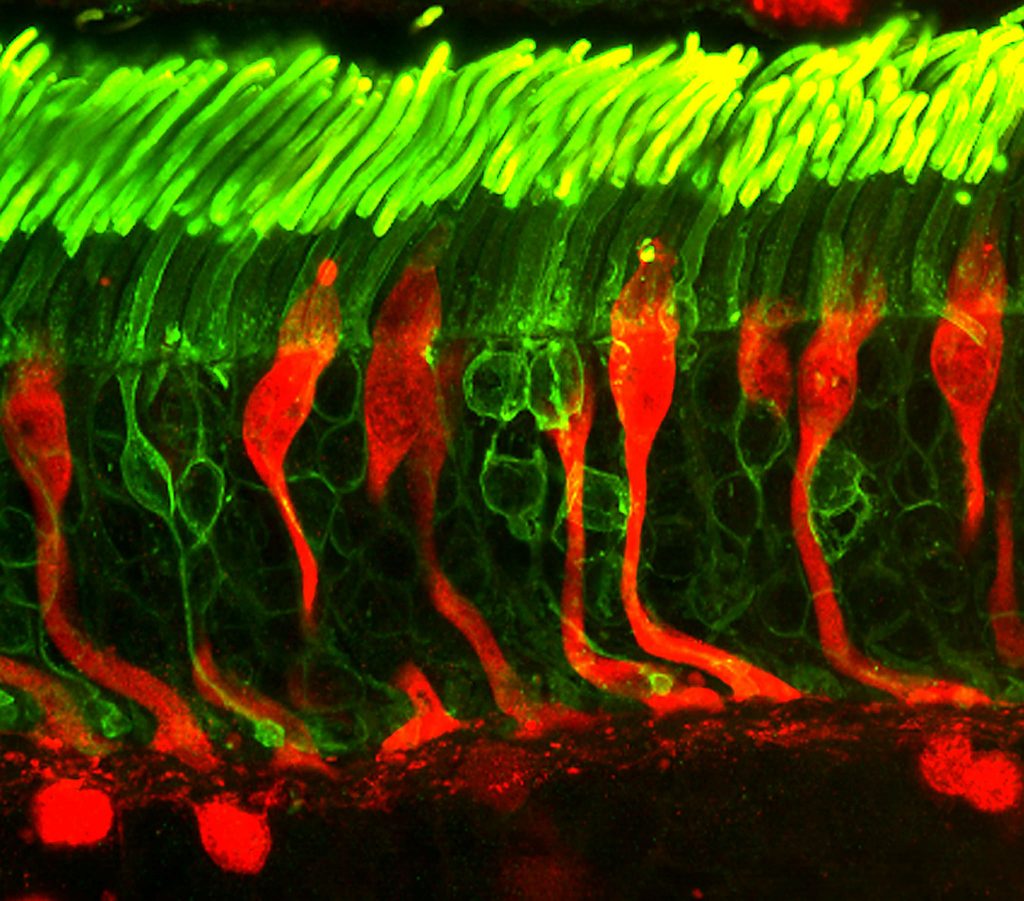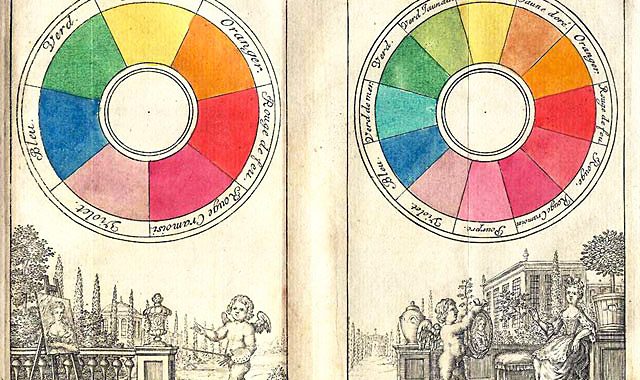How do Humans Receive and Perceive Colour? Understanding the Colour Theory, Part 2
Understanding the Colour Theory, Part 1
Understanding the Colour Theory, Part 3
Understanding the Colour Theory, Part 4
In the previous post, I tried to explain what is the meaning of colour. In this post, we take a look at how our eyes and brain(s) perceive colour.
This biologically charged post might make some graphic designers to question the need for this knowledge. My argument is that if you have the basic understanding of the human colour vision, you can understand and utilize to your advantage, the colours that you use in your designs.
This knowledge is particularly beneficial when you want to make sure that your designs are proofed for colour-blind individuals. It is a good practice to ensure accessibility- of application graphical interfaces, website designs, and print publications- by people who cannot view certain colour shades.
What happens to light after it enters the eyes?
It simply gets absorbed. When a really small fraction of the light enters the eye, which is emitted or reflected from any object in the universe, it reaches the retina, where it stimulates certain cells by getting absorbed.
Colour receptor cells

The cells in the retina that detect light are called photoreceptors. There are two types of photoreceptors- cone and rod cells. They’re named so because their “receiving ends” are actually shaped like cones and rods, respectively. The rod cells don’t help us see colour, and basically aid low-light vision. They also help the brain in perception of plain white light.
Cones, on the other hand require a larger amount of light in order to be stimulated. This means that the lower the light that reaches our eyes, the lesser colour we see. That’s why colours look washed out in moonlight, or at dusk.
RGB
The cone cells are of three types red, green, and blue. As might be obvious, each type of cone is for receiving the light of the respective colour. This mechanism is almost opposite of how digital screens reproduce colour. So, if the eye receives blue light, blue cones receptors will be activated and neural signals will be sent to the brain.
Detecting colours other than blue, green, or red

The cones are not exclusively stimulated by light of a single colour. So, although the blue cones are most sensitive to blue light, they also detect some green light. Similarly, green cones also detect blue and red lights.
Detection and perception
It’s important to note that the retina only detects, and does not process the signals. The processing of the captured “light” information is done in the brain, which stitches the neuron signals in a spatially sound image.
Colour blindness
Humans require only three colours of light, in a mixture of varying intensities of course, to reproduce any visible colour. This is called trichromatic colour vision, and is not the only way biological creatures conceive colour. Reptiles, for example, require four kinds of light to perceive colour. Their eyes (tetrachromatic) are capable of detecting ultraviolet light.

On the other hand, there are also creatures that are dichromatic, or monochromatic. For some humans too, the colour vision is limited. The colours that their eyes are capable of seeing can be reproduced with only two primary colours of light. Depending on the type of cone that is deficient, there are three types of colour blindness. It is estimated that around 8 percent of men with Northern European genes are colour blind.
That’s it for this post. In the next post in the series, we talk about the differences in print and digital colours.







